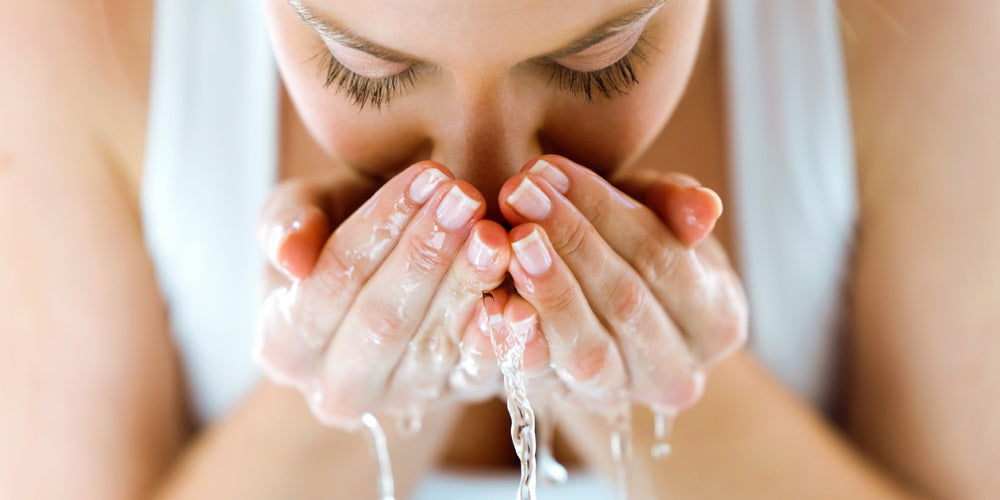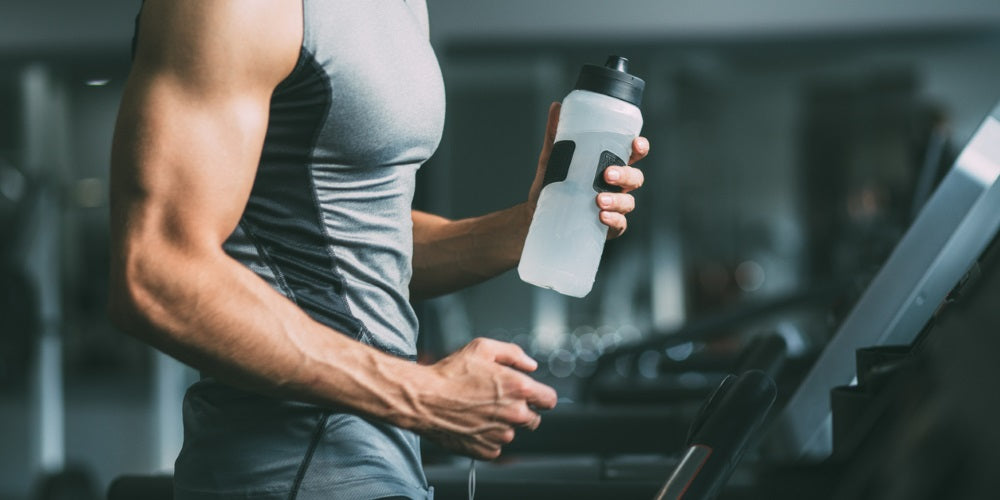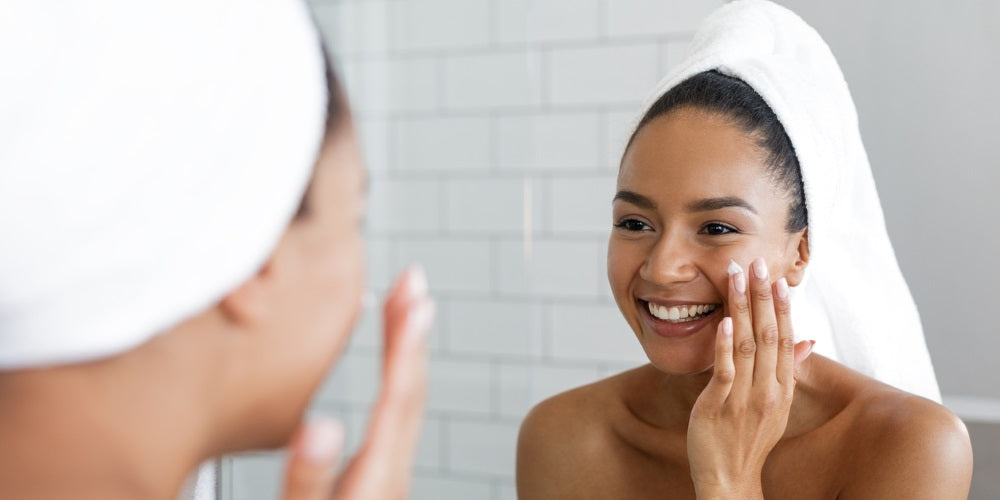How to care for skin before, during and after exercise
How to care for skin before, during and after exercise
It’s no secret that exercise is good for your physical health and mental wellbeing. But it can also nourish your skin, resulting in a more youthful and radiant complexion.
During a workout, your heart rate escalates and boosts circulation. This enhances the flow of nutrients and oxygen around the body, keeping skin cells vibrant.
In a previous study, it was found that people over the age of 40 who regularly exercised had healthier skin which was more similar in composition to that of 20 and 30-year-olds than people closer to their age. And it was reported that people who start working out later in life could still achieve younger-looking skin.
To benefit from the ‘post-workout glow’, you must follow a particular skincare routine before, during and after exercise. Getting into bad habits could cause acne, chafing, and even increase the effects of ageing.
Precautions to take before a workout
Before exercising, it’s crucial that you cleanse or wash your face to remove any make-up or dirt. When you sweat, your pores naturally open up. But wearing makeup can stop them from breathing and flushing out impurities. This can cause small red bumps, known as acne cosmetica, to appear on the surface of your skin.

Lisa Byrne, superintendent pharmacist at McCabes Pharmacy, said: “Avoid wearing hair products during exercise as sweat can cause it to run down your face and clog your pores. If you’ve got long hair, tie it back to prevent any oil, dirt or pollutants that may have gathered in it throughout the day from touching your skin and causing breakouts.”
When attending a gym or exercise class, wipe down the equipment before use to protect yourself from germs that could lead to infections. Research has suggested that free weights at the gym carry 362 times more bacteria than a toilet seat.
Patricia Boland, skin specialist at Colorescience UK, said: “It’s important to wear clean workout gear when exercising, as dirty clothing can contain bacteria and grime. This can block pores and cause acne.”
Chafing is the result of repeated skin-to-skin friction during exercise. To help prevent this irritation to your skin:
- apply petroleum jelly to areas of skin that are usually affected e.g. the thighs
- wear breathable and well-fitted clothing
- avoid working-out in the rain, if possible, as wet skin can be vulnerable to chafing
If you’re exercising outside, apply sunscreen 15 minutes before sun exposure to guard skin against premature ageing and minimise skin cancer risks.
Dr Naomi Mackle, the medical director of The Adare Clinic, said: “Apply a waterproof sunscreen that won’t be affected by sweating as well as a vitamin C serum if possible, which will boost the sunscreen. Runners age prematurely and a lot of this is from not wearing a sunscreen or an appropriate one.”
For additional sun protection, wear a hat, sunglasses and clothing that covers as much skin as possible.
Keep skin protected while exercising
Drink plenty of water during a workout to keep your skin hydrated. Otherwise, your skin may become flaky, itchy, sensitive, tight and dull. Dehydrated skin can cause breakouts and make skin feel simultaneously oily and dry. You may also be more prone to chafing if you’re dehydrated.

“You may be surprised to learn that the skincare regime doesn’t stop when you’re actually exercising. It’s just as important to cleanse the skin before and after a workout,” Lisa added.
When your face is sweating, it’s easy to wipe it away with your hand but this can transfer bacteria and cause spots. To minimise this risk, use a clean towel (not the same towel you use to wipe down equipment) to gently pat your skin. If you have acne or sensitive skin, clean the towel with fragrance-free detergent.
Patricia said: “Any equipment used in gyms or classes, such as yoga mats and boxing gloves, can be full of acne-inducing bacteria. To avoid breakouts, use your own where possible.”
If you are borrowing boxing gloves, use hand sanitizer afterwards to thwart off any germs.
How to care for skin after a workout
After completing a workout you might be tempted to stay in your gym clothes for a while or put off having a shower. But staying in sweaty clothing can cause chafing, rubbing and body acne.
Naomi said: “After a workout, shower immediately. Use either a glycolic or a salicylic acid cleanser on acne-prone areas, followed by an oil-free moisturiser and sunscreen. Mineralized sunscreens are most suitable for acne-prone skin.”
Cleanser dislodges the pores from sweat, oil and dirt to stop blemishes.

“Acne and rosacea sufferers sometimes can’t tolerate acid cleansers. If so, use water and apply a 20% vitamin C serum, vitamin B5 gel after a shower,” Naomi continued.
If showering instantly isn’t doable, bring a change of clothes and use some cleansing facial wipes. But before touching your face, wash your hands first to avoid transferring germs across your skin.
Patricia said: “Realistically you don’t want to be shampooing after every workout but don’t leave it too long, or dandruff could emerge, due to the accumulation of yeast that sweat can cause. This can also lead to scalp irritation.”
Continue drinking water throughout the day to keep your skin hydrated and wash out any toxins. This is especially important after a hot yoga class, as heated environments can have drying effects on the skin.
What to do if you have existing skin conditions
Certain forms of exercise can aggravate existing skin conditions, so you may need to take extra measures or choose a different type of workout.
Hot yoga or high-intensity training might not be suitable for those with sensitive skin or rosacea, as it can aggravate flushing. The high heat can also potentially worsen eczema.
To minimise the redness, apply a cooling spray to your face, drink plenty of water and, if possible, exercise where there are fans or air conditioning. Swimming is a great way to keep the skin cool.

However, swimming can aggravate eczema as the chlorine can cause dryness. But if swimming is your exercise of choice, don’t visit the pool immediately after the chlorine is added to reduce the risk of skin irritation.
Lisa added: “Apply moisturiser an hour before swimming as this acts as a barrier and keeps skin hydrated. After exiting the pool, take a lukewarm shower and reapply the moisturiser.
“Those with eczema or psoriasis might benefit from applying a thin layer of gentle moisturiser before any workout to prevent sweat from causing irritation.”
Swimming can help acne as chlorine has antibacterial properties. But too much pool time can dry the skin and exacerbate acne and cause additional breakouts. It’s important to find the balance.
It might seem like a daunting task to keep your skin clean, hydrated and protected while exercising. But you don’t need to splash out on expensive products or spend hours caring for your skin to see the results. You can maintain a fresh-faced look by making a few small changes to your current routine. Once you’ve followed the steps for keeping your skin healthy, you can revel in the success of completing another workout.

